Day Three | 9,940 ft Above Sea Level
Two days ago I thought I was suffering from pain. But, today I feel like dying. Exhausted by the physical effort, I should be able to sleep like I’m dead, but tense muscles in my shoulders and the damaged discs in my pelvis won’t allow me that opportunity. Two mosquitoes are hovering over my face, possibly even three. It’s three o’clock in the morning and, outside, heavy rain pours on the corrugated roof.
“This is the normal course of pain during a trek,” says Karen, the California gymnast who ran past me with her ultralight equipment. “On the fifth day, this pain is over, and you are doing well again.”
Day five feels so far away.
For the last three days I have been marching along the Annapurna Circuit, a 160- to 230-kilometer (100- to 145-mile) trekking route in Nepal’s Himalaya Mountains. Approximately 20,000 people visit this path each year. This year, I am one of them.
This is my first time trekking. I am unpracticed, naive, and untrained. An ordinary mortal, so to speak. On my back, I carry all of my possessions in the form of a 40-kilogram (20-pound) rucksack. I feel its physical burden in the double sense.
“You will never make this mistake again,” Karen exclaims. “Believe me!”
“I do.” I believe her. Damn beginner, I think.
Ahead of me is a route measuring 183 kilometers counter-clockwise circling the Annapurna Mountains. Half of the trek will be uphill; the other half down. Eight hours of hard physical work. Every day.
“Why am I here,” I ask myself. “Why is anyone here anyway?”
Simon, the British oenologist. Yves, the French triathlon runner with his autistic nine-year-old son, Thibault. Francesco, the Italian financial consultant. Tatjana, the recently fired German vendor of yacht varnish.
We all have different reasons and motives for walking this circuit. Only one thing is common to each of us: the spiritual journey. Some call it disembarkation or a self-discovery trek; others seem to be taking time to process or think about something.
Is the Annapurna Circuit a portal of lost souls? Simon has lost the desire to produce wine and is searching for answers in Buddhism. Yves wants to reach top sportive performances and aims to connect with his hyperactive son. Tatjana is unhappy with her life in the Western European bubble and is looking for a new life direction. Francesco is considering whether or not he should accept the position as a highly overpaid paid hedge fund consultant in Milan.
And me? I am also looking for answers to open questions in life, but I do not expect to find them on a mountain under groans and moans. Instead, I am thinking of a way to reduce weight from my backpack. I go through the mental checklist in my mind, considering which items I could leave behind to make the next two or three weeks somewhat easier physically.
I finally begin to fall asleep to the sound of the Marsyangdi River. Knowing it will accompany us for quite a while brings me a sense of peace. Suddenly, I sense a tickling sensation between my thighs. First, I ignore it, but the second time I’m sure. There’s something in my sleeping bag.
Panic.
Light on.
Zipper opening.
Dyspnoea.
My underpants are soaked with blood, and a black, disgusting monster wriggles on my leg. A leech has attached far too close to the most sensitive part of a man. The wound does not stop bleeding.
I curse everything—the leech, my backpack, this trek, the eternal search for answers.
The next day I leave a pair of smelly socks and my blood-stained underpants behind.
Altogether a quarter of a kilo (or a half a pound).




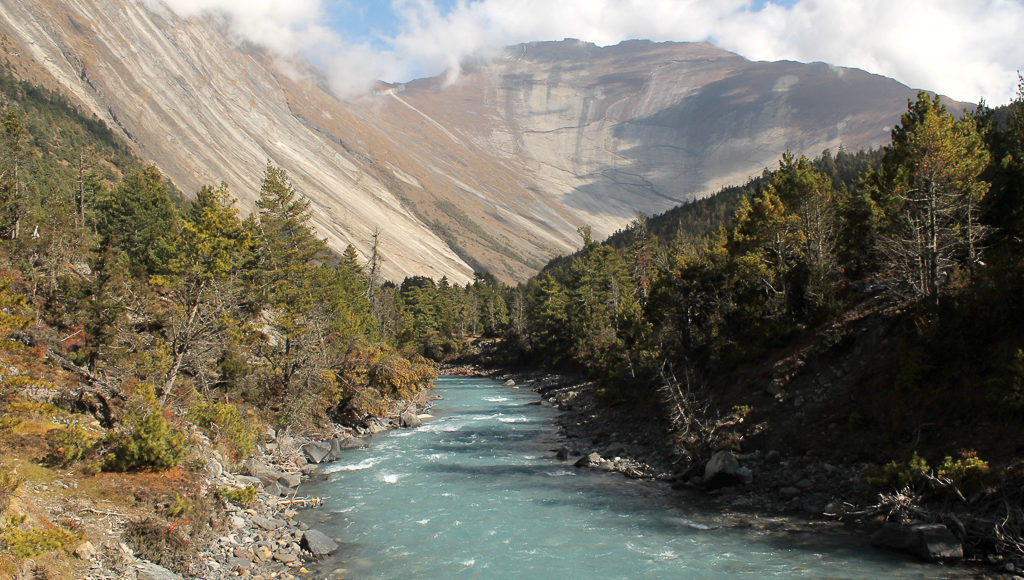
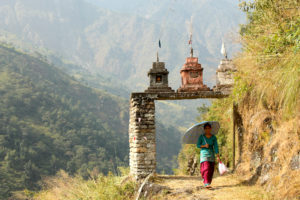
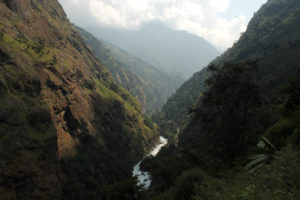
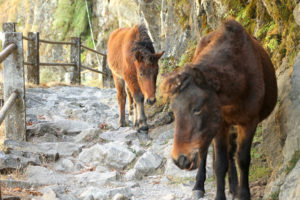
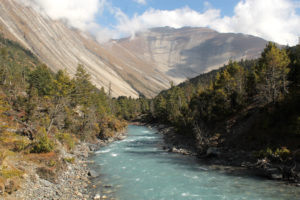
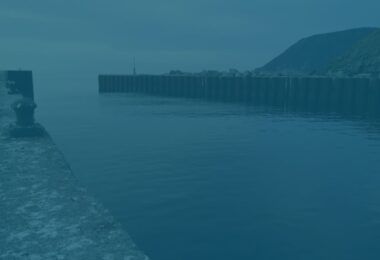
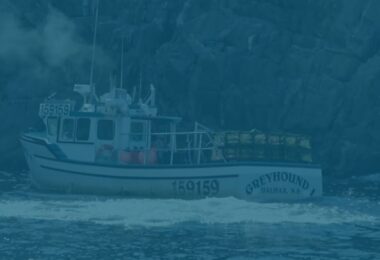
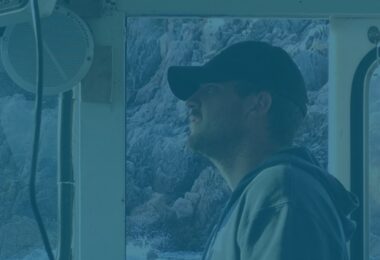
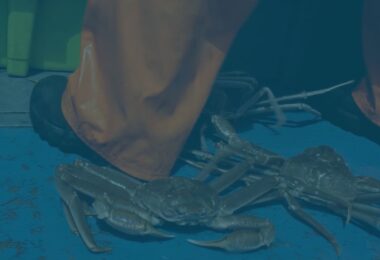

No comments